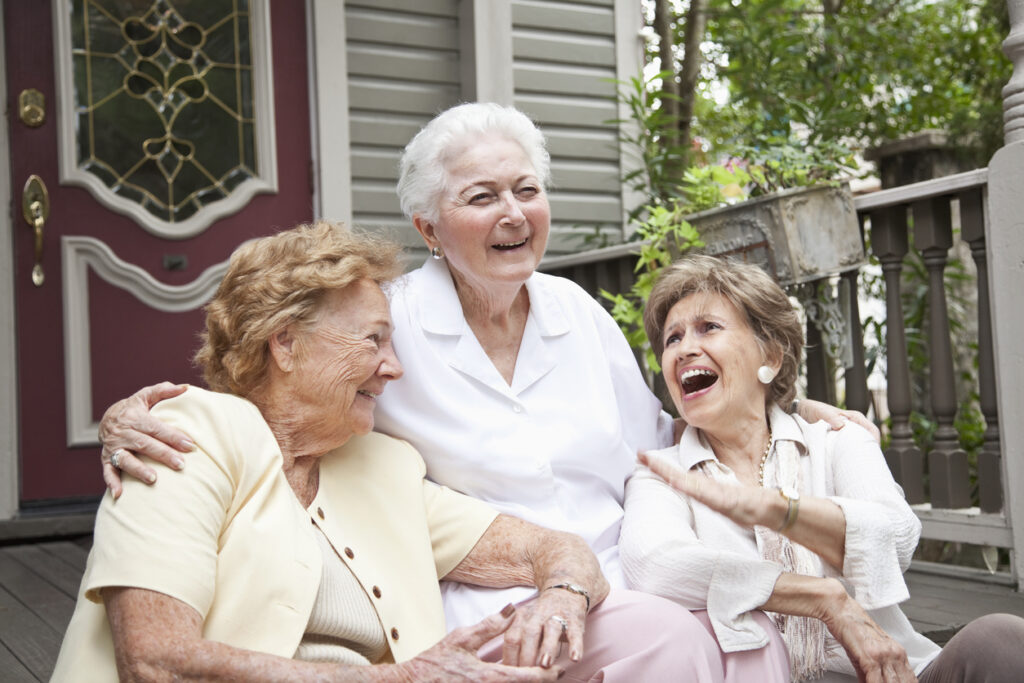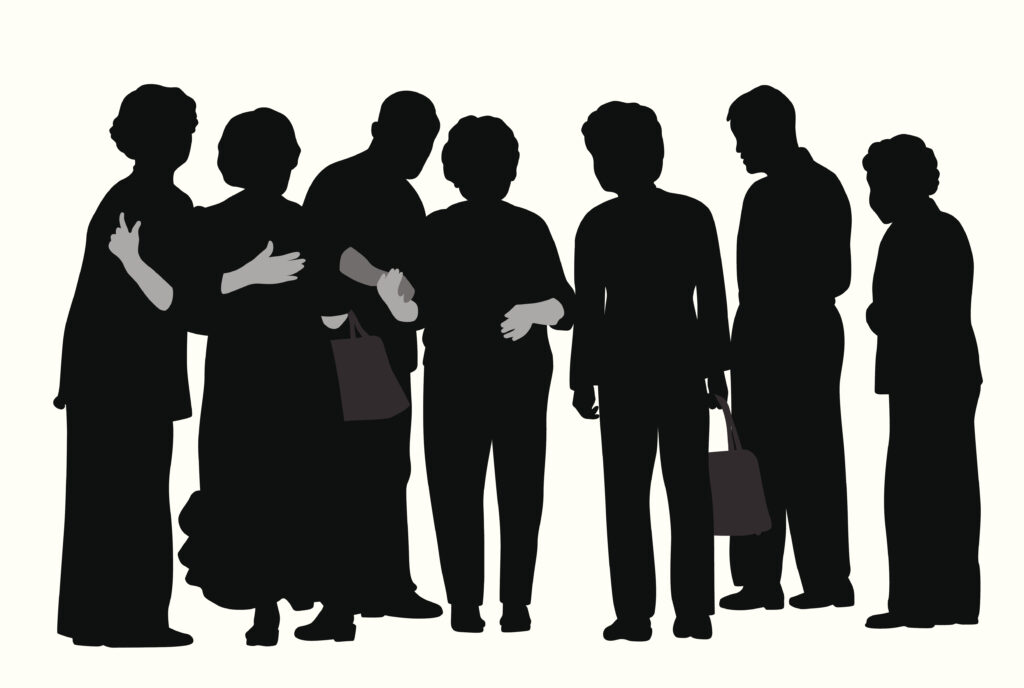Are you or a loved one at risk for social isolation?
Use these resources to take steps to end social isolation and start living a connected life.
Older single women aren’t looking for love. They’re looking for a roommate. Blessed with longer life expectancy, but often with less money in the bank, female retirees are turning to each other as a way to make ends meet and find companionship.
No matter how busy she is, and even when she’s on vacation, Erin McLeod stops every night at 10 p.m. to make a phone call. A simple phone call is one strategy to help counter social isolation among the elderly, a condition increasingly recognized as a health threat on par with smoking, and even more harmful than obesity.
After her children and their families leave, 75-year-old Barbara is initially relieved to restore order to her house. She cleans up the kitchen, straightens the living room and gets her husband, who’s suffering from dementia, ready for bed. Once he’s asleep, though, and she sits in her recliner in the den, trying to read a novel her daughter recommended, the loneliness sets in.
Like many 19-year-olds, Carla Bieg loves hanging out with her roommates. Potentially lonely nights turn into fun-filled evenings of cooking meals together, curling up on the couch with a good movie or folding laundry while chatting about the world. Unlike other college-aged adults, however, Bieg’s roommates are nine senior citizens — as well as two college students and a middle-aged married couple.
Use this tool to help locate relevant elder care help near you! A public service of the U.S. Administration on Aging connecting you to services for older adults and their families. You can also reach us at 1-800-677-1116.
Americans once commonly lived with or near their extended families, letting people of different generations help one another. But in recent decades, the culture has become more geographically mobile. Families are scattered around the country or world. Few live in multigenerational households. Meanwhile, membership in traditional social organizations, such as churches and civic groups, has declined.







